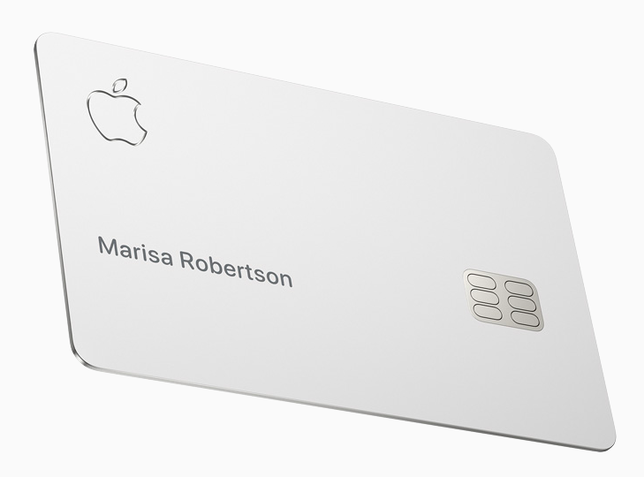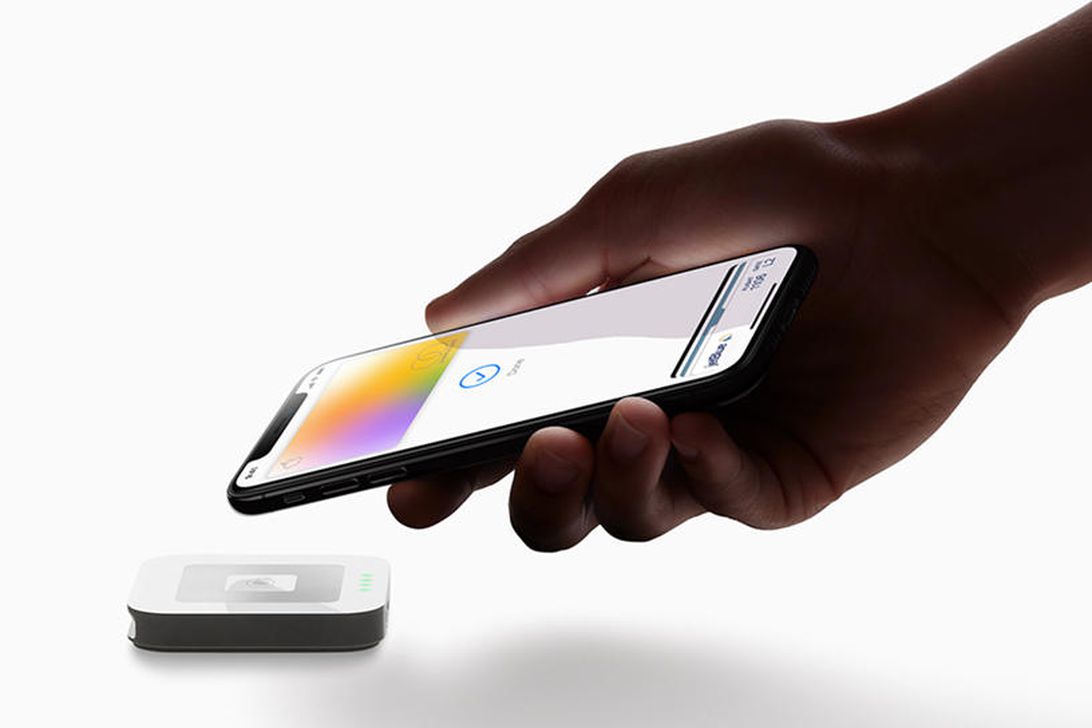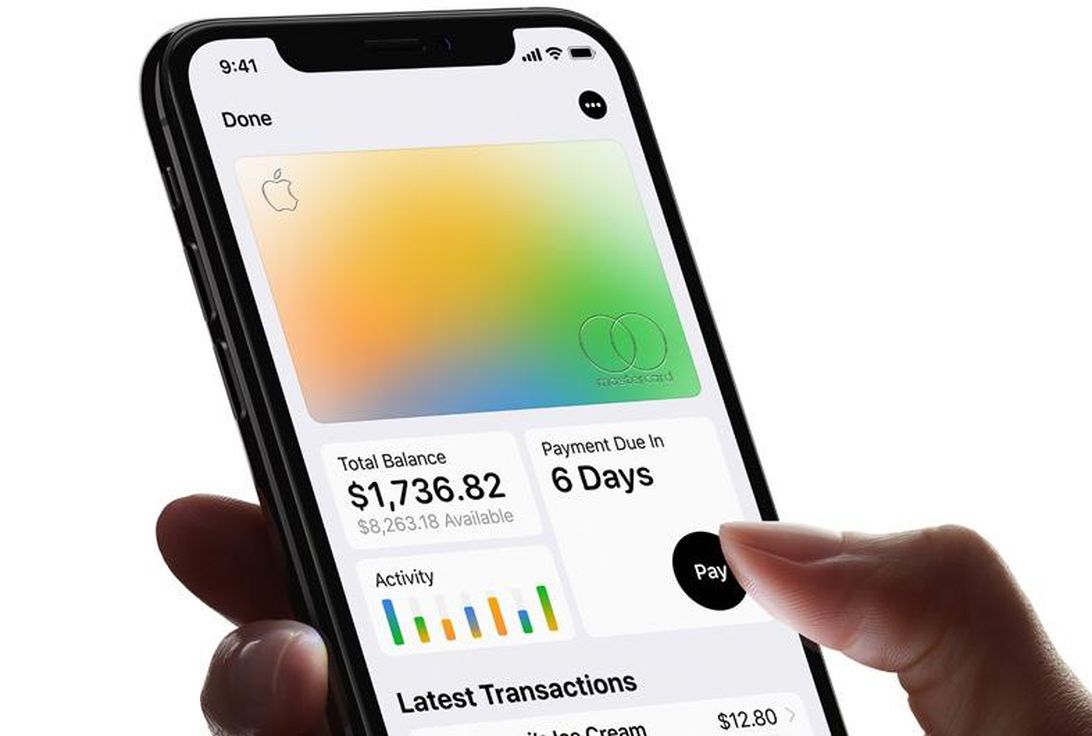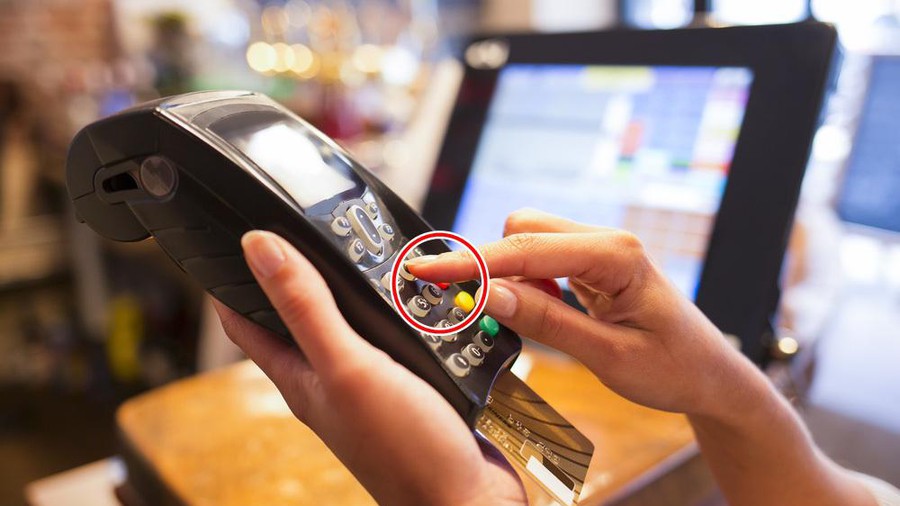Apple Card vs. Chase Sapphire: Choosing a credit card
Apple is dipping its toes into the credit card world with Apple Card. Backed by Goldman Sachs and Mastercard, Apple is hoping to attract iPhone users with a daily cash-back offer and some smart tools to help manage your finances. But Apple Card will face some stiff competition against established cards from other big banks when it launches in the summer of 2019.
 Apple Card vs. Chase Sapphire: Choosing a credit card Picture 1
Apple Card vs. Chase Sapphire: Choosing a credit card Picture 1
So how does Apple's new card compare on paper to one of the most popular credit cards in the US, the Chase Sapphire?
Note that the Chase Sapphire cards have two tiers, Preferred and Reserve, with slightly different benefits.
Apple Card vs. Chase Sapphire cards
Apple Card Chase Sapphire Preferred Chase Sapphire ReserveCard typeMasterCard Visa VisaAPR13.24-24.24% 18.24-25.24% 19.24-26.24%Annual feeNone $95 $450Late payment feeNone Up to $38 Up to $38Foreign transaction feeNone None NoneReward systemDaily cash back Points PointsCash or points accrual rate1% on physical card, 2% through Apple Pay, 3% on Apple purchases 1 point per dollar on everyday, 2 points per dollar on travel and dining 1 point per dollar on everyday, 3 points per dollar on travel and diningSign up bonusNone Yes YesReferral bonusNone Yes Yes
The annual percentage rate (APR) varies based on your creditworthiness.
Here's how the Apple Card compares to another popular credit card, the Amazon Prime Rewards Visa.
Apple Card is virtual first, physical second
Applying for the card, checking your transaction history and paying your bill all take place on an iPhone. The card exists virtually within Apple Wallet -- if you've set up Apple Pay with any other bank card or travel pass, the Apple Card will also live there.
That means it works with Apple Pay: you can use the Apple Card anywhere you can make NFC-based contactless payments in stores; in apps; or on sites that support Apple Pay.
 Apple Card vs. Chase Sapphire: Choosing a credit card Picture 2
Apple Card vs. Chase Sapphire: Choosing a credit card Picture 2
If you are at a merchant that doesn't accept Apple Pay, Apple also offers a physical credit card made of titanium. The design is spartan: just your name, the Apple logo, an EMV chip and a magnetic stripe appear on the card. There are no markings with the actual card number or CVV (those three or four numbers on the back of the card). If you want to find out those details, say if you were making an online purchase at a site that doesn't take Apple Pay, you'll need to look in the Apple Wallet app on your iPhone.
The Chase Sapphire cards are physical credit cards, also made of metal. The card number, CVV and expiration date are all found on the back. You also have the option of adding the card to a virtual wallet such as Apple Pay, Samsung Pay or Google Pay then using your phone to make contactless payments. Chase also offers its own virtual wallet app called Chase Pay.
And you can only apply for and use the Apple Card with an iPhone. Chase Sapphire cards in a digital wallet can be used on both iPhone or Android.
What are the fees like?
Apple Card promises no fees: that means no annual fee, no late fee, international transaction fee or over-the-limit fees. But be aware this is still a credit card, so you will still be subject to interest on your balance if you don't pay your statement in full each month.
The Chase cards have different annual fees depending on which tier you get: Preferred is US$95 a year while Reserve is US$450, of which $300 is automatically applied as statement credits on travel (think Uber, Lyft, airline tickets and more). Like many other major credit cards, late payment and cash-advance fees apply. There are no fees for international transactions.
As always, it pays to read the terms of any credit card you consider applying for. Here's what we found out after diving into the fine print of the Apple Card -- full terms and conditions are not available yet.
 Apple Card vs. Chase Sapphire: Choosing a credit card Picture 3
Apple Card vs. Chase Sapphire: Choosing a credit card Picture 3
Cash back and rewards
Credit cards generally use a point-based system or cash-back options to encourage you to spend using the card. Sometimes, you can even turn points into statement credits like you can on the Chase cards.
The Apple Card offers cash back and it's credited to you daily. All Apple Pay transactions get you 2 percent cash back, while spending on Apple products in the Apple Store or a service such as Apple Music give 3 percent cash back. If you use the physical card, it's just 1 percent cash back.
This all accrues in the Apple Cash Card in the Wallet app, which is similar to Apple Pay Cash if you use Apple Pay. You can then withdraw it to your bank account; use it to pay friends through iMessage; or use the funds against the Apple Card balance.
Chase has a points system called Ultimate Rewards. On the Sapphire cards you accrue 1 point for every dollar spent. Travel and dining purchases net you 2 points per dollar on the Preferred card, or 3 points per dollar on the Reserve.
With the Sapphire cards -- and many other credit cards -- you'll need to wait for your statement to close to receive those Ultimate Rewards points.
Chase's online portal also gives you option to earn extra points when buying through the Ultimate Rewards portal, often 2x or more points on eligible purchases. The Chase cards also have many other travel-related perks like extra coverage on rental cars, plus airport lounge access (Reserve card only). And points are often worth more when redeeming for travel on the Ultimate Rewards portal.
Funnily enough, the Chase cards also offer the option to buy Apple products using points, with 100 points redeemable per dollar.
What about a sign-up bonus?
That applies for the Chase cards only. At the time of writing, the sign-up bonus on the Preferred card is 60,000 points, or 50,000 for the Reserve, provided you spend $4,000 on the card within the first three months.
There is currently no sign-up bonus on Apple Card.
Apple's visual way to manage your spending
You'll be able to see breakdowns of how you're spending in the app on a weekly or monthly basis. It's color coded, so different colors represent different categories like food or travel. The app will also give you estimates of the interest you'll need to pay to clear your balance.
 Apple Card vs. Chase Sapphire: Choosing a credit card Picture 4
Apple Card vs. Chase Sapphire: Choosing a credit card Picture 4
Chase lets you generate a spending report that breaks down amounts spent and reward earn across categories, but there is no interest tracker.
Privacy and security
If you've used Apple Pay before, making a transaction with either card in the Apple Wallet is exactly the same: double-tap the power button and use FaceID, or double-tap the home button and use TouchID to authorize a transaction.
Like other NFC-based payments, each time you make a purchase it needs the unique device number that's generated when you get the card, plus a one-time code or token.
Both cards have transaction monitoring: you'll get a notification if the bank notices anything unusual.
Apple says that it won't be able to see what you buy, where you bought it or how much you paid, as all that information is generated on your device. Goldman Sachs still has to see some data to make the card work, but according to Apple's website it won't sell or share with third-parties for marketing or ads. According to a Chase spokesperson, the bank does not share transaction level spend details with third-parties for marketing purposes.
Which one is right for me?
We'll know even more about the Apple Card once it launches in summer. These two cards are tailored for slightly different use cases, so potentially you could have both these cards in your wallet to maximize the benefits. Frequent travelers, for example, would likely want to use a card with more flexible travel rewards like the Sapphire cards. Those wanting to bundle multiple Apple products and services (and who enjoy doing everything from an iPhone) will get the most out of the Apple Card.
You should read it
- Apple Card vs. Amazon Prime Rewards Visa: Which credit card is best for you in 2020?
- Apple Card, Venmo Card and PayPal Card: Which should you get?
- Apple Card holders can again defer monthly payment because of coronavirus
- Gun shot without puncturing Apple Card, new credit card from Apple
- Apple Pay has supported most bank payment cards in the US
- Apple launched News +, credit cards, TV + services and ame Arcade platform at the 'It's Show Time' event
- How to Use Apple Pay on a Mac
- Has Apple Pay supported in Vietnam yet?
- Instructions for registering an Apple account do not need to enter a Visa card
- How to add unsupported cards to Apple Wallet
- Officially: Apple Card will definitely debut in August
- 6 ways to secure Apple ID on iPhone






 Gun shot without puncturing Apple Card, new credit card from Apple
Gun shot without puncturing Apple Card, new credit card from Apple 3 credit card security errors and How to secure credit card information
3 credit card security errors and How to secure credit card information 7 steps to use a secure credit card online
7 steps to use a secure credit card online Some things to keep in mind when using credit cards
Some things to keep in mind when using credit cards How to Create an iTunes Account Without a Credit Card
How to Create an iTunes Account Without a Credit Card Apple Card vs. Amazon Prime Rewards Visa: Which credit card is best for you in 2020?
Apple Card vs. Amazon Prime Rewards Visa: Which credit card is best for you in 2020?